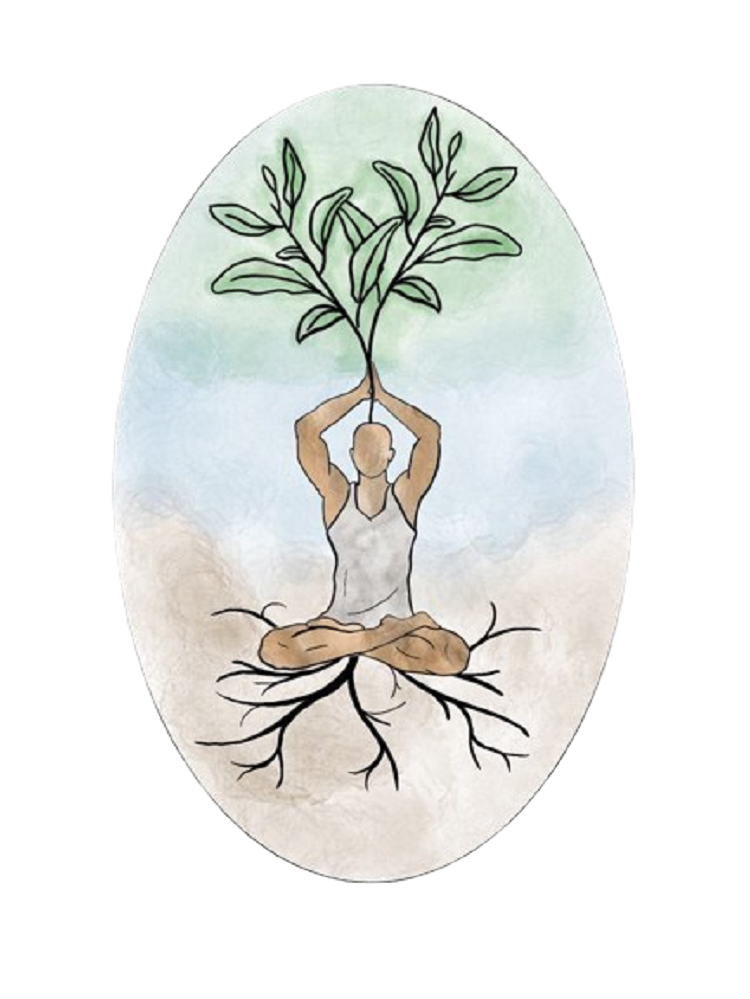The Four Types of Trust—The Real Foundation of Healing
A deeper look at how healing unfolds through mental, emotional, physical, and spiritual trust in bodywork.

Trust isn’t something that happens just because someone walks through the door and lies down on the table.
It’s something that builds—quietly, gradually, layer by layer. And in the world of bodywork, trust is the foundation that everything else rests on.
No matter how advanced the techniques, how educated the practitioner, or how clear the treatment plan—if the body doesn’t trust, it won’t release.
Not fully. Not deeply. Not sustainably.
Over the years, I’ve come to recognize that there isn’t just one kind of trust involved in healing—there are four. Each speaks a different language, lives in a different layer of the self, and unlocks a different door.
Let me take you through them.
1. Mental Trust
This is the doorway, the start, the first step into the kind of trust most people are familiar with. It’s built with credentials, clear communication, and consistent professionalism.
Mental trust is what allows the thinking mind to stop micromanaging the session. It sounds like:
- “They know what they’re doing.”
- “They’re explaining things in a way that makes sense.”
- “I can relax because someone is in control—and it’s not me.”
Mental trust opens the door, but it’s only the first room in the house.
Here’s the catch: some people never get beyond this layer. They try to “think their way” into healing—evaluating each move, anticipating the next, questioning whether it’s working. And while curiosity is welcome, true healing requires the mind to take a step back so the deeper layers can step forward.
2. Emotional Trust
Emotional trust is the guard at the gate, it's more personal. It’s about feeling safe to be seen—not just as a body in pain, but as a whole person. This layer of trust doesn’t care about credentials—it listens for tone of voice, checks for nonverbal cues, and asks:
- “Am I safe here?”
- “Can I let my guard down?”
- “Will I be judged, rushed, or misunderstood?”
This kind of trust can’t be faked—and it can’t be forced. It comes from presence, consistency, and attunement.
Emotional trust is when a client exhales for the first time. When they stop apologizing for taking up space. When their body no longer needs to “perform” wellness.
It’s the trust that says: “You don’t have to carry it all today.”
And in that moment, the healing becomes relational—not just mechanical.
3. Physical Trust
Even with full mental and emotional trust, the body might still say no.
Why? Because trauma and chronic stress live in the tissue.
Physical trust is the body’s permission slip. And your body has to be willing to sign that permission slip by your body saying "yes", not your mind.
It’s what allows the muscles to soften, the breath to deepen, the protective layers to fall away.
It sounds like:
- “This touch is responsive, not forceful.”
- “This pace gives me time to catch up.”
- “I’m not being overpowered—I’m being listened to.”
This is why technique alone doesn’t create results. The body must feel met, not managed.
When physical trust lands, you see it in the quiet signs:
The client’s feet relax. Their jaw unhinges. Their eyelids flutter or well with tears.
It’s not about getting “deeper” into the tissue—it’s about creating enough safety for the body to surrender its grip.
4. Spiritual Trust
This is the trust that can’t be taught in textbooks. It’s the moment when healing stops being technical and becomes sacred.
Spiritual trust doesn’t require religious belief. It’s a sense—maybe even a knowing—that something meaningful is happening, even if we don’t have words for it.
It might sound like:
- “I don’t know why, but I feel lighter.”
- “Something just let go inside me that I didn’t know I was holding.”
- “I feel connected to myself again.”
Sometimes this trust shows up as tears that seem to come from nowhere. Other times, it’s a stillness so profound that both practitioner and client fall silent—not out of awkwardness, but reverence. This is known as the deep let-go.
Spiritual trust is the body’s yes to healing at a level beyond logic or muscle.
It’s not something I can create for someone—but I can hold space for it.
Are you asking yourself, "How do these trusts work together?" Well, I have an answer for you.
Every client enters with a different starting point.
Some come in ready to surrender physically, but struggle emotionally.
Others trust spiritually but don’t yet feel safe in their bodies.
Some need to understand everything before they can feel anything.
That’s why I never rush the process.
Because trust isn’t something I assume—it’s something I earn.
It’s my job to listen—not just to what’s said out loud, but to what the breath, tissue, energy, and nervous system are all communicating beneath the surface.
When all four types of trust begin to align, healing becomes more than just relief from pain—it becomes a return to self.
So, what does trust look like on the table?
Trust doesn’t always look dramatic.
Sometimes it’s the quietest moments that carry the most weight.
- A breath that drops into the belly for the first time in years.
- A foot that stops fidgeting.
- A stillness that feels sacred, not stagnant.
- A person saying, “I don’t know what you did, but something feels different.”
That’s not just good bodywork. That’s trust doing what it does best—making space for the body to remember how to heal itself.
And my role?
To keep showing up, listening deeply, and holding the door open—one layer at a time.
—
Written by David Ferrarini, LMT, Pain & Postural Specialist | MyoSàge Wellness L.L.C. 5-9-2025
Further Reading & Resources
If you’re curious about the deeper layers of healing, trust, and how the body holds and releases tension, here are some of the foundational thinkers and texts that support the principles explored in this article:
- Stephen Porges, Ph.D. – The Polyvagal Theory
- Explores how the nervous system detects safety and threat, and how regulation begins when the body feels safe.
- Bessel van der Kolk, M.D. – The Body Keeps the Score
- A groundbreaking look at how trauma is stored in the body and how healing requires reconnecting with it somatically.
- Peter Levine, Ph.D. – In an Unspoken Voice
- Introduces Somatic Experiencing and the ways in which the body’s natural rhythms can guide trauma recovery.
- Judith Blackstone, Ph.D. – The Realization Process
- A subtle and powerful approach to embodiment, presence, and spiritual trust in the healing journey.
- Bonnie Bainbridge Cohen – Body-Mind Centering®
- A system of movement and somatic education that emphasizes deep listening to the body’s patterns and intelligence.
- Gabor Maté, M.D. – When the Body Says No
- Connects the dots between emotional repression, trauma, and physical illness with compassionate clarity.
- Daniel J. Siegel, M.D. – The Developing Mind
- Explores how early experience shapes our nervous system, attachment, and capacity for trust and emotional regulation.
- Massage Therapy Foundation – Research Roundups
- Evidence-based insights on the physiological and psychological benefits of massage, including the role of trust and the therapeutic alliance.
- Tami Lynn Kent – Wild Feminine
- A more intuitive and energy-informed exploration of how the body stores emotional and spiritual experience—especially through fascia and subtle anatomy.
- Therapeutic Alliance in Manual Therapy
- Clinical research consistently shows that trust, rapport, and perceived safety significantly improve client outcomes in hands-on therapy.
- (Search terms: “therapeutic alliance in massage therapy” or “manual therapy outcomes + client trust”)
